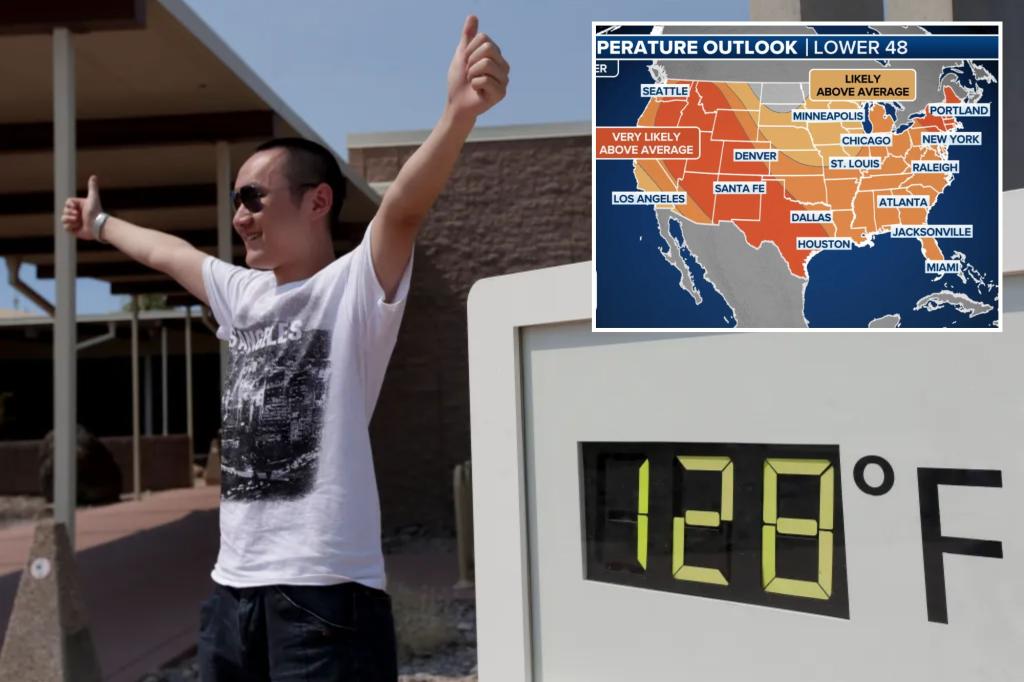The latest climate outlook for the upcoming summer in the Lower 48 states indicates that temperatures will be well above average, with varying amounts of precipitation across the country. NOAA’s Climate Prediction Center released updated seasonal outlooks showing the probability of regions experiencing above-normal, near-normal, and below-normal temperatures and precipitation from June 1 to August 31. Forecasters believe that an emerging La Niña will start to influence weather patterns across North America, potentially resulting in significant heat waves and record-breaking temperatures, especially in the western US and southeast Canada.
Despite the extreme warmth predicted for the summer, the forecast does not expect below-average rainfall in the eastern US. NOAA’s precipitation outlook for June, July, and August suggests that most states in the region will see above-normal rainfall. The agency cites the growing emergence of a La Niña over the Pacific as a main influencing factor on weather patterns during the second half of 2024. However, the outlook is less optimistic for the West, with vast areas likely to see below-average rainfall, including the Desert Southwest where the annual monsoon typically occurs during the late summer.
The climate organizations around the Pacific Ocean consider the El Niño-Southern Oscillation (ENSO) state to be in a neutral status. Although NOAA’s latest update still has the region in an El Niño Advisory, significant odds indicate that El Niño will dissipate this spring. The neutral state of the ENSO occurs when water temperature anomalies in the eastern and central Pacific are between 0.9 degrees F and -0.9 degrees F. Historically, neutral summers over the last two decades have seen temperatures above their typical values, while most regions of the country also experience average or above-average rainfall during neutral events.
The summer climate outlook sets the stage for what could potentially be one of the warmest summers on record, surpassing previous records set in 2021 and 1936. The only section of the country expected to see close to average temperatures is the Upper Midwest, a shift from the El Niño-influenced winter that experienced unusually warm anomalies. The extreme warmth predicted for the summer aligns with previous forecasts by Britain’s Met Office and the European Union’s Copernicus Climate Change Service, indicating global temperatures well above average. Despite the warm temperatures expected for the summer, NOAA forecasts do not anticipate below-average rainfall in the eastern US, with most states likely to see above-normal rainfall during the season.


